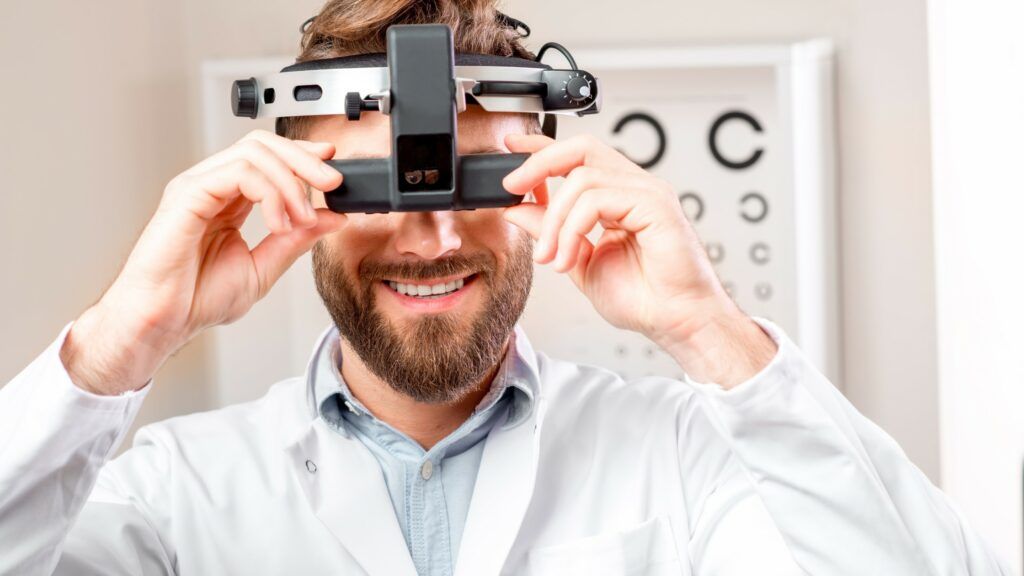Early detection of vision problems is paramount in safeguarding eye health and promoting optimal visual development, particularly in children. Vision screeners emerge as valuable tools for B2B healthcare facilities, enabling efficient and cost-effective identification of potential visual impairments. This comprehensive buying guide, meticulously crafted for global B2B medical device buyers, delves into the intricacies of vision screening devices, empowering you to make informed choices for your specific needs.
Understanding Vision Screening and its Importance
Vision screening involves a series of standardized tests designed to assess an individual’s visual acuity, eye alignment, and other basic visual functions. Early detection of vision problems like nearsightedness, farsightedness, astigmatism, or amblyopia (lazy eye) allows for timely intervention and treatment, potentially preventing vision loss or permanent visual impairments.
Applications of Vision Screeners in B2B Settings
Vision screeners are extensively utilized in various B2B healthcare settings, including:
- Pediatric Clinics: Early detection of vision issues in children is crucial for proper visual development. Vision screeners offer a quick and painless way to identify potential problems.
- Schools: Routine vision screenings within school settings allow for early intervention and ensure students have optimal vision for learning.
Occupational - Health Clinics: Vision screening can be integrated into pre-employment or routine employee wellness programs to assess visual acuity relevant to specific job demands.
- Senior Care Facilities: Vision screenings for elderly populations help identify age-related vision changes and ensure appropriate care.
Types of Vision Screeners
Vision screeners come in various configurations, each with its own advantages and target applications:
- Chart-Based Screeners: These traditional methods utilize standardized vision charts requiring a verbal response from the patient. They are cost-effective but may have limitations in testing non-verbal patients or young children.
- Photorefraction Screeners: These devices utilize automated technology to objectively measure refractive errors (focusing problems) by analyzing how light reflects from the retina. They offer a more objective assessment than chart-based methods.
- Retinoscopy Screeners: These handheld devices project light into the eye and analyze the reflection pattern, providing an assessment of refractive errors. They require trained personnel for operation.
- Telehealth Vision Screeners: Emerging technologies offer remote vision screening capabilities through apps or web-based platforms, potentially expanding access to vision care in underserved areas.
Leading Vision Screener Manufacturers
Edusoft Healthcare
Introducing the AI-OPTICS Vision Screener by Edusoft Healthcare, a groundbreaking solution revolutionizing optic image processing. Powered by advanced AI technology, this screener ensures unparalleled accuracy, surpassing traditional methods by 200%. Despite its cutting-edge capabilities, it remains cost-effective, offering 90% savings while maximizing precision.
Patient comfort takes center stage with the AI-OPTICS Vision Screener. Utilizing harmless, infrared light instead of bright flashes, it guarantees a swift and comfortable screening experience, completing scans in seconds from a distance of 1 meter. Its user-friendly design simplifies the process to just a push of a button, effortlessly collecting refractive state data for both eyes without the need for maintenance or calibration.
Privacy is paramount. The AI-OPTICS Vision Screener prioritizes user and patient confidentiality, eliminating the requirement for personal data input. Images are solely used for computing results, ensuring unparalleled privacy and security. Moreover, safety is assured, meeting rigorous medical standards and passing independent tests with flying colors, providing peace of mind to all users and patients alike.
Additional Considerations for B2B Buyers
- Target Population: Evaluate the vision screener’s suitability for your target audience (e.g., age group, ability to follow instructions).
- Ease of Use: Prioritize user-friendly devices with clear instructions for efficient screenings, especially in high-volume settings.
- Accuracy and Reliability: Select vision screeners with established accuracy in identifying potential vision problems.
- Data Management: Consider devices that integrate with electronic health records (EHR) systems for seamless data management and tracking.
- Portability: For outreach programs or school-based screenings, portability may be a crucial factor.
- Cost-Effectiveness: Evaluate the initial purchase price, ongoing maintenance requirements, and potential cost savings associated with early detection and intervention.
- Regulatory Compliance: Ensure the chosen vision screener adheres to relevant medical device regulations in your specific location.
Disclaimer: This buying guide provides general information and should not replace professional advice and guidance.
